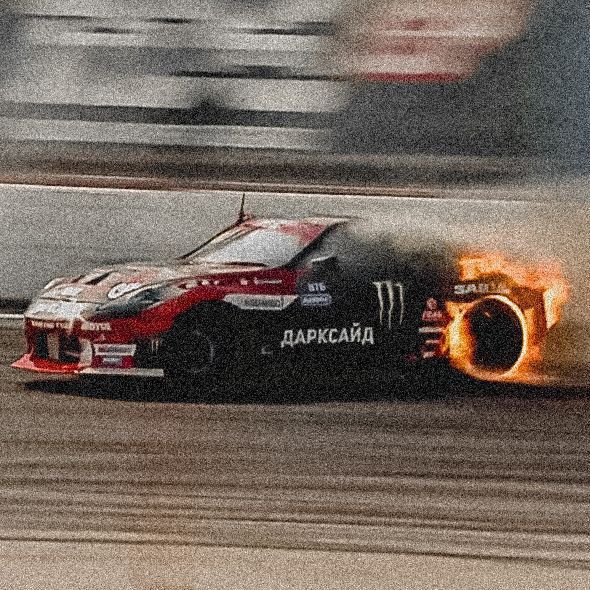Drifting looks insanely cool, feels exhilarating, and has been immortalized in movies, video games, and motorsports. But is it really the ultimate way to shave seconds off your lap time? Not quite. While drifting requires serious skill (and a fair amount of tire smoke), the hard truth is that it’s usually slower than traditional grip driving. Let’s bust this myth and see when—if ever—drifting actually helps in a race.
Why Do People Think Drifting Is Faster?
Blame Hollywood and anime! Thanks to The Fast and the Furious: Tokyo Drift and Initial D, drifting has been glorified as the pinnacle of cornering prowess. Watching a car slide sideways through a corner at high speed makes it seem like the fastest way to get around a bend. Plus, rally drivers slide their cars through corners all the time, so that must mean drifting is superior, right? Well… not exactly.
The Science of Cornering: Grip vs. Slip
The fastest way around a corner is to keep as much grip as possible while maintaining the highest speed. Let’s compare the two techniques:
- Grip Driving (AKA the Racing Line Method)
- Uses all available tire traction to maintain control and speed.
- Follows a smooth racing line, maximizing acceleration out of the turn.
- Faster because more rubber stays in contact with the road, meaning better stability and grip.
- Drifting (AKA Controlled Chaos)
- Rear tires intentionally lose grip, causing oversteer and reducing acceleration.
- Looks spectacular but sacrifices speed due to a loss of forward momentum.
- Burns through tires like a teenager with a new credit card.
In pro circuit racing (Formula 1, GT racing, endurance racing), grip driving is always the superior choice because it maximizes speed and efficiency.
When (If Ever) Is Drifting Useful?
While drifting isn’t the fastest way to take most corners, there are a few exceptions where it can actually be beneficial:
- Rally Racing
On gravel, snow, or dirt, controlled sliding (like the Scandinavian flick) helps rotate the car efficiently without losing too much speed. - Super Tight Hairpin Turns
On narrow, slow corners (think mountain passes or gymkhana events), a well-timed drift can help maintain momentum. - Drift Competitions
If you’re in a drift battle, style points matter more than lap times. Speed? Who needs it when you can go sideways in style!
Why Do Some Racers Still Slide?
Even in serious racing, you might see some oversteer. Why? Well…
- Tire limitations – When pushing a car to its absolute limits, a slight slide can happen naturally.
- Correcting mistakes – Sometimes, a driver misjudges a corner and needs to drift to recover.
- Tire management – Endurance racing demands tire conservation, and excessive sliding is a surefire way to ruin a set of tires.
Final Verdict: Drifting Is Fun, But Not Fast
At the end of the day, drifting is like that friend who’s amazing at parties but not the best at getting work done. It’s flashy, exciting, and ridiculously fun—but if you want to set record lap times, you’re better off sticking to grip driving. So, go ahead, burn some rubber and have fun drifting—just don’t expect to win any races with it!
